Rope lights are a great way to add some extra lighting to your yard or patio. They can be attached to almost any surface, including concrete. This blog post will show you how to attach rope lights to concrete using a few simple tools and materials. Let’s get started!
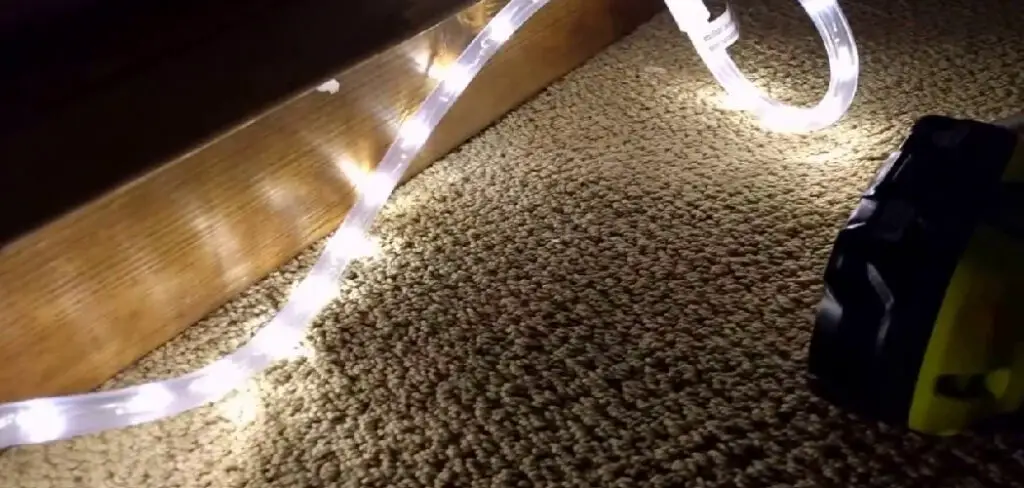
Christmas is coming, which means it’s time to get out the decorations! Consider attaching rope lights to concrete if you’re looking for a new way to light up your home this year. It’s a quick and easy project that can really add some extra cheer to your decor. Plus, it’s a great way to use up any leftover rope lights from past holidays. Rope lights are also perfect for lighting up walkways, patios, and decks.
Summary: Attaching rope lights to concrete can be a great way to enhance the appearance of outdoor spaces, such as patios, walkways, or garden areas. Before starting, gather the necessary materials, such as rope lights, mounting clips or adhesive-backed clips specifically designed for rope lights, a measuring tape, a pencil or marker, a power drill, masonry drill bits, and concrete screws or anchors. Plan the layout of the rope lights, considering factors such as the desired lighting effect, the length of the rope lights, and the location of the nearest power source.
Begin by marking the locations for the mounting clips on the concrete surface at regular intervals, ensuring that the spacing is appropriate for the size and weight of the rope lights being used. Typically, this is every 12 to 24 inches, but check the rope light manufacturer’s recommendations for specific guidelines. Using a power drill and the appropriate masonry drill bit, drill pilot holes into the concrete at the marked locations. Insert concrete screws or anchors into the pilot holes, then attach the mounting clips securely to the concrete surface.
Once all mounting clips are installed, carefully attach the rope lights to the clips, ensuring that the rope light is taut and straight. Plug the rope lights into the power source and test them to ensure they are functioning properly and providing the desired lighting effect. If necessary, make adjustments to the positioning of the rope lights or add additional mounting clips for extra support.
What Are Rope Lights
Rope lights are a type of string light that is easy to install and can be used for a variety of purposes, including lighting up walkways, accenting gardens, and outlining the eaves of a roof. Rope lights are available in a variety of colors and sizes and can be controlled with a remote. Solar-powered rope lights are also available and can be a great option if you want to save on energy costs.
Types of Rope Lights
There are two main types of rope lights: incandescent and LED.
Incandescent Rope Lights
Incandescent rope lights use a filament that is heated by an electric current, which produces light. LED rope lights use a much different process to produce light. It is important to know the difference between the two types of rope lights, as this will affect how you attach them to concrete.
If you are using incandescent rope lights, you will need to use plastic anchors and screws to attach the lights to the concrete. First, mark where you want the screw holes to go. Then, use a hammer to tap the anchors into the concrete lightly. Next, use a drill to screw the screws into the anchors. Finally, thread the rope light through the holes in the anchors.
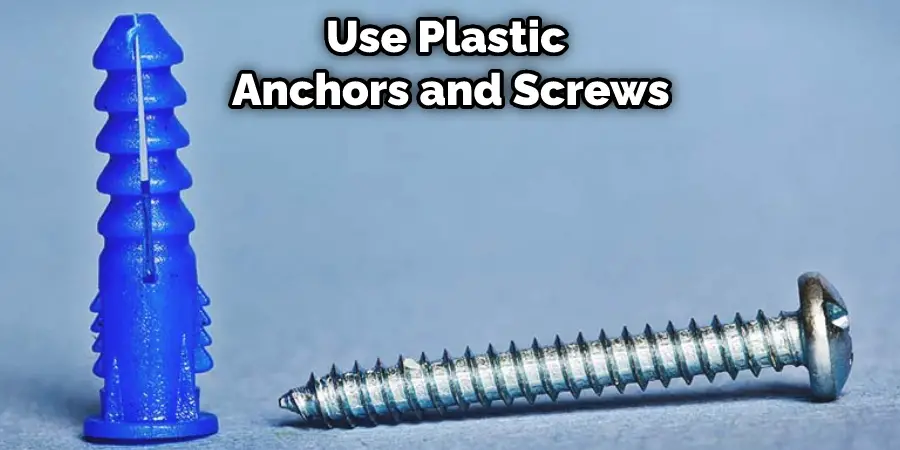
LED Rope Lights
LED rope lights use a semiconductor that emits light when an electric current passes through it. LED rope lights are much more energy efficient than incandescent rope lights and have a longer lifespan. If you use LED rope lights, you will need to use metal clips to attach the lights to the concrete. First, clean the area of concrete where you will be attaching the lights. Next, mark where you will be attaching the lights. Once you have your markings, drill small holes into the concrete. Finally, use the metal clips to attach the lights to the concrete.
***
10 Ways on How to Attach Rope Lights to Concrete
1. Use Zip Ties
You need to use a tape measure to get the adjustment right. This will help you measure the distance between the ground and the center of the headlight. Make sure you take the measurement from the center of the headlight, not from the side, for more accurate results.
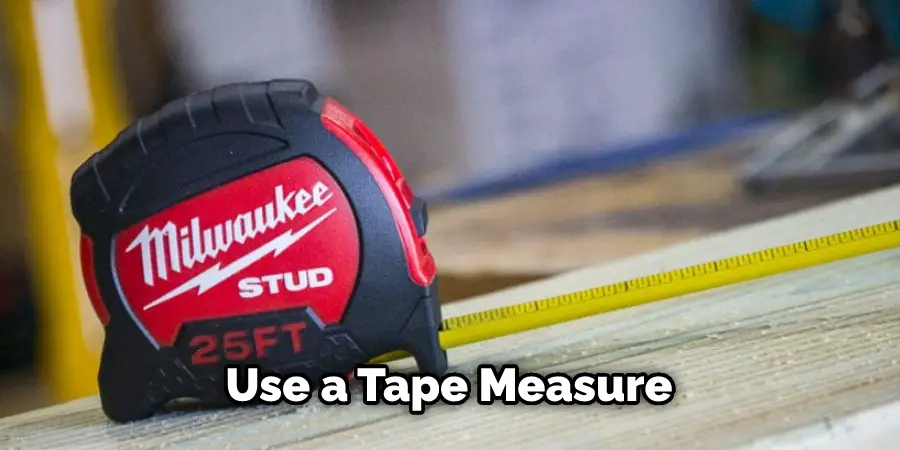
2. Use Adhesive Clips
You can also use adhesive clips to attach the rope lights to concrete. These are great because they create a tight seal and securely hold the lights in place. Just make sure that you choose a high-quality adhesive that can withstand the elements.
3. Use Masking or Duct Tape
If you want to use your rope lights temporarily, you can attach them to the concrete with either masking or duct tape. This method is not as secure as the other two, but it will work in a pinch. Just be sure to test the adhesive strength of the tape before using it to avoid any accidents.
4. Use Wire or Twine
If you want to attach your rope lights to concrete so they will stay in place for a long time, you can do it by drilling a small hole in the concrete and then threading wire or twine through it. Next, tie the rope light onto the wire or twine and then pull it tight.
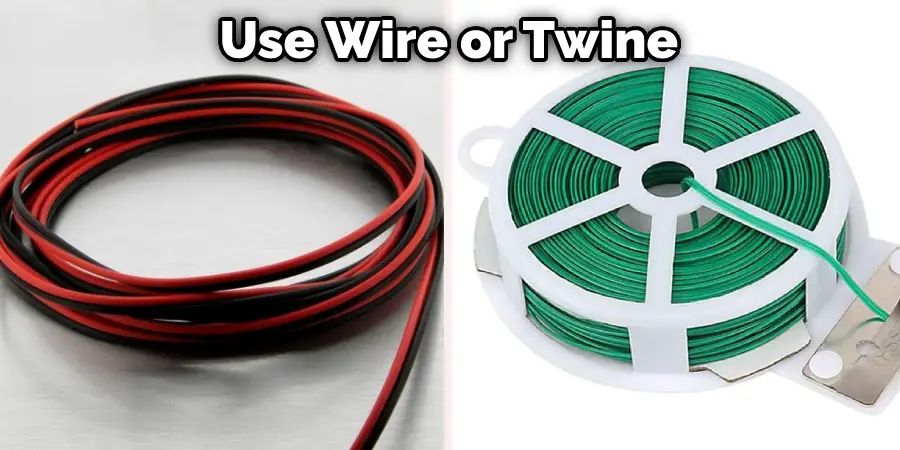
5. Use Masonry Nails or Screw Eyes
You can use either masonry nails or screw eyes to hang your rope lights from concrete. Hammer the nail or screw the eye into the concrete where you want to place your light. If using a masonry nail, be sure to pre-drill a hole first. You may need to use wall anchors if your chosen location does not have a solid backing. Once the nail or screw is in place, simply loop your rope light around it and secure it in place with a zip tie.
6. Use Command Strips
If you want to put up lights without making any holes, you can use command strips. Just stick them to the concrete following the package directions, then run your lights along the strips.
7. Use Magnets
Try using magnets to attach your rope lights to concrete for an even easier solution. This is a great option if you don’t want to damage your concrete surface in any way. Attach the magnets to the concrete and then attach your rope lights to the magnets. This will hold the lights in place without any damage to your concrete. You can also use zip ties to attach your rope lights to concrete. Simply wrap the zip tie around the rope light and then secure it to the concrete. This is a great option if you want to be able to move your lights around easily. You can simply cut the zip ties and move the lights to a new location.
8. Use Putty or Caulk
Another way of attaching rope lights to concrete is by using putty or caulk. All you need to do is apply a generous amount of putty or caulk on the back of the rope light. Then, press the rope light firmly against the wall for a few seconds. The putty or caulk will act as an adhesive and will hold the rope light in place. This method is best suited for attaching rope lights to small sections of concrete walls.
9. Pour Concrete Foot
Create a concrete base for your lights to stand on. This will ensure that the lights are stable and will not move around. Once the concrete has dried, you can attach the rope lights to the base using zip ties or screws. It is important to make sure that the base is strong enough to support the weight of the lights.
10. Drill and Insert Anchors
If you want a more permanent solution, you can drill holes into the concrete wall and insert anchors. Then, screw hooks or hangers into the anchors. Finally, hang the rope lights from the hooks or hangers. This method is best suited for attaching rope lights to large sections of concrete walls.
You Can Check It Out to Secure Rope Lights to the Ground
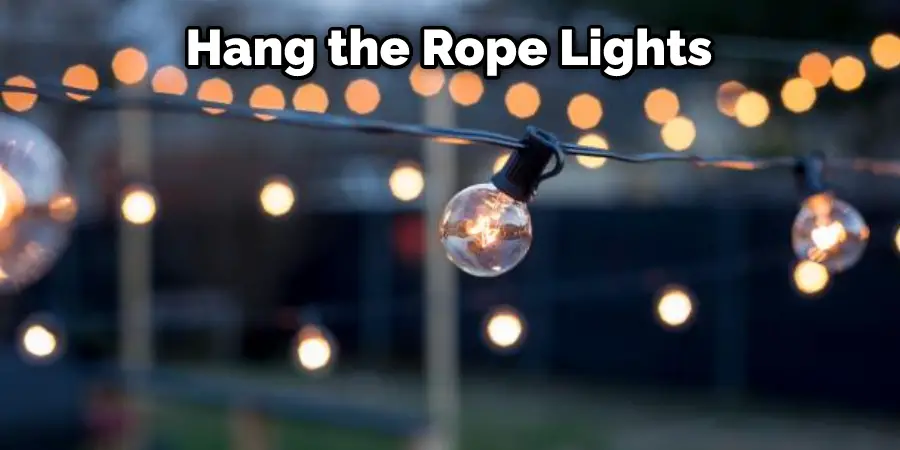
How Do You Hang Rope Lights on a Concrete Wall Without Drilling?
The easiest way to do this is to use adhesive clips. You can find these at most hardware stores. All you need to do is clean the area where you want to attach the clip, then peel off the backing and press it into place. Once the adhesive has had a chance to set, you can hang your rope light.
If you don’t want to use adhesive clips, you can also use zip ties or screws and washers. Just make sure that whatever method you use is appropriate for the type of rope light you have. Some lights are not meant to be hung using zip ties.
Whatever method you use, make sure that your rope light is securely attached. You don’t want it falling and breaking. Also, be careful not to damage the concrete when attaching the clips or drilling holes.
Some Tips and Warnings on How to Attach Rope Lights to Concrete Tips
- It is always best to start at the top when attaching rope lights to concrete. This will ensure that the lights are evenly distributed.
- Make sure that the surface of the concrete is clean and free of debris before attaching the lights.
- Use clear tape or zip ties to attach the lights to the concrete. This will ensure a secure hold.
Warnings
- Be careful not to overload the circuit when attaching multiple strands of rope lights to concrete.
- Make sure that the rope lights are rated for outdoor use if they will be exposed to elements.
- Do not use nails or staples to attach rope lights to concrete, as this can damage the cord.
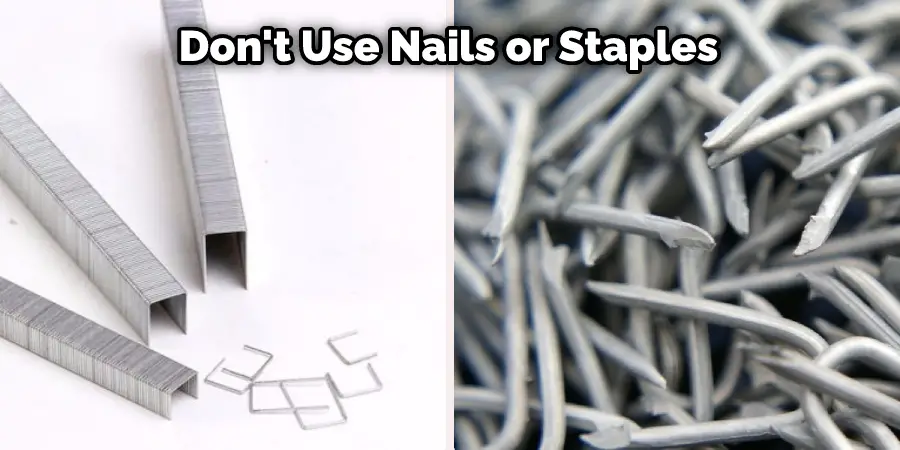
Frequently Asked Questions
What Can I Use to Hang Lights on Concrete?
There are a few different types of hooks that you can use to hang lights on concrete. The most common type is the U-hook, which is made from heavy gauge steel and has a threaded male end and female spur cap. This hook allows you to screw it into the wall or ceiling with two screws and then hang your light fixture from it.
Another option is the T-hook, which comes in various lengths and has an L-shaped crossbar that connects its ends. You can install this by drilling small holes at both ends of the bar, inserting bolt inserts, tightening them up using nuts and bolts, and mounting your light fixture over these holes using sticky pads or nails.
The last type of hook is called an E-hook or Eyelet Hook. It’s similar to the T-hook but has a slightly smaller crossbar opening that makes it easier to mount precision lighting fixtures like halogen spotlights onto walls or ceilings without having any gaps between them.
Can You Put Lights in Concrete?
While it is possible to add lights to concrete, this practice is not recommended because it can lead to corrosion and discoloration. Additionally, LED lighting has a shorter lifespan than traditional bulbs, so you may need to replace them more frequently. And lastly, adding lights directly onto the concrete can be unsafe due to the possibility of electrical shock or fire.
Are There Command Strips for Brick?
There are not currently any command strips specifically designed for brick. However, there are many command strips that can be used for a variety of purposes, such as controlling lights and home appliances. If you need a specific type of strip designed specifically for brick, you may want to consider looking into brick-specific strips.
Can You Put Can Lights in a Cement Ceiling?
Yes, you can put can lights in a cement ceiling. You’ll need to cut the wire casing and then remove the light bulbs. Be sure to use an electrician if you’re doing this yourself since there is potential for unsafe wiring.
Conclusion
In this article, we have shown you how to attach rope lights to concrete in various ways. We hope that you found this information helpful and that you will always be sure to use the right tools and materials when hanging rope lights. Using concrete screws, you can easily attach rope lights to a concrete surface without any problems. However, be sure to follow all safety precautions when working with electricity. Never try to repair a rope light yourself, as this can be dangerous. If you have any questions, write down a comment in the section below. Thanks for reading.
